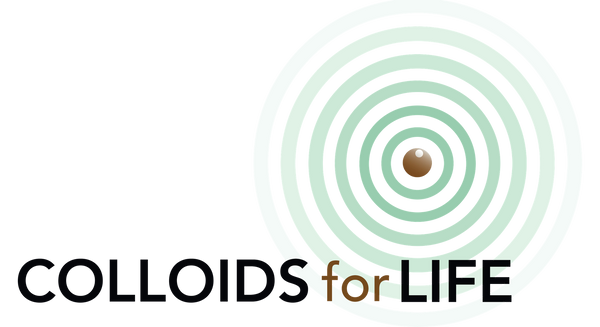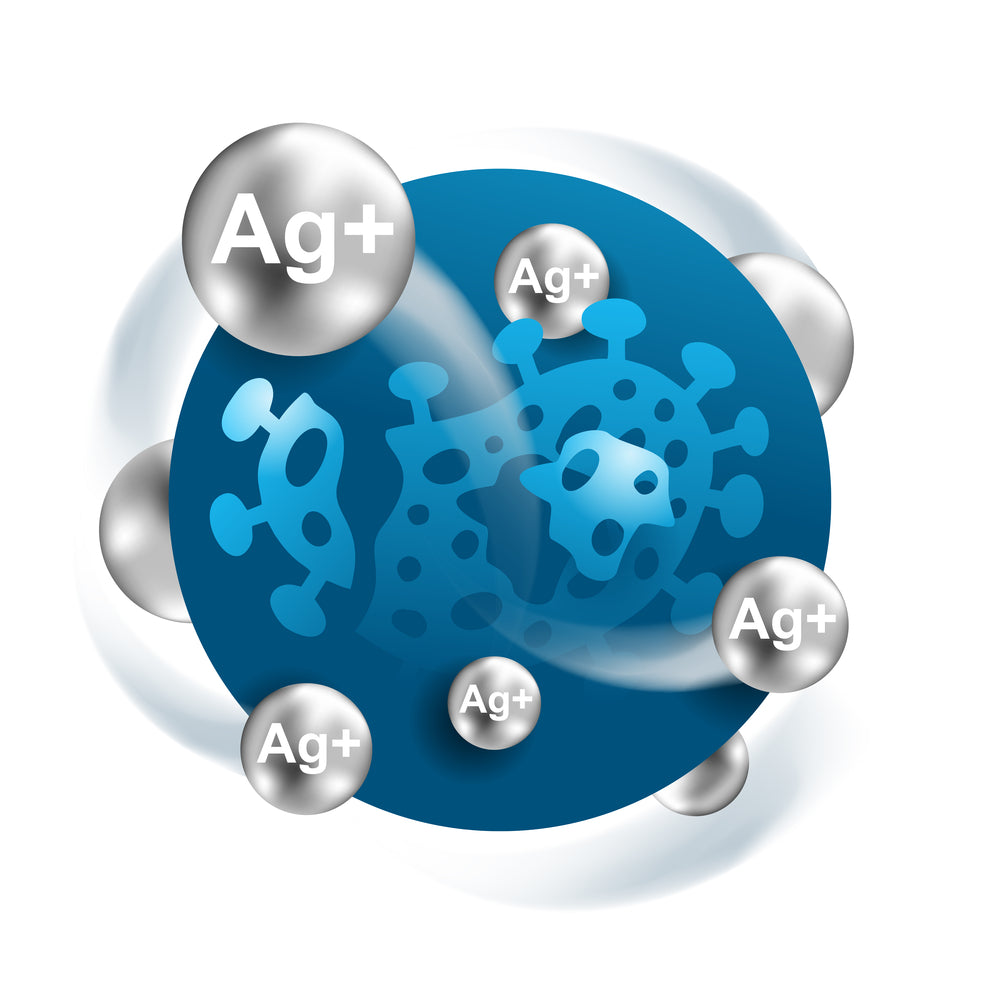An Understandable Misunderstanding
There is a great deal of misunderstanding about what the term bioavailability means, particularly in the context of colloidal silver effectiveness.Most published material on the subject makes it seem as if bioavailability refers to how readily the body absorbs or makes use of a given substance, but this is incorrect.
In fact, bioavailability refers only to the amount of the substance that reaches the targeted system unchanged.
It is not about by whether the substance can be metabolized, is water soluble, or how it does or does not combine or act in the system. . . in fact, in many ways, it’s almost the opposite.
The misunderstanding is somewhat understandable. Bioavailability does sound like it would refer to how the body used, absorbed or metabolized a given substance . . . but it doesn’t. It only has to do with the availability of the substance once it gets to where it’s going.
Here is what the Merck Manual of Diagnosis and Therapy, Section 22 Clinical Pharmacology, has to say about bioavailability in pure scientific terms:
- bioavailability - Extent to which--and sometimes rate at which--the active moiety (drug or metabolite) enters systemic circulation, thereby gaining access to the site of action.
- What does that mean? Simply that bioavailability has to do with how much of a substance reaches the site of action. So, if for example you took a drug for say, your big toe, and by the time the drug went into your mouth and down your throat and into your stomach and through your intestines and digestive organs and blood stream, and it finally arrived at the intended “site of action” and it was still intact and available for use, then we would say that drug had high bioavailability. If it arrived at your big toe significantly altered or with very little left as a result of its long journey through the system, we would say it had low bioavailability.
The Merck Manual goes on to say:
The physicochemical properties of a drug govern its absorptive potential, but the properties of the dosage form (which partly depend on its design and manufacture) can largely determine drug bioavailability.
What does this mean? It means that absorptive potential (determined by physiochemical properties) is not to be confused with bioavailability (which is largely determined by the dosage form).
Regarding Colloidal Silver
Misunderstandings of bioavailability in relation to colloidal silver abound. For example, in referring to colloidal silver, one Internet website says
“.. the vast majority of the particles were elemental silver, and it was thus biologically inert... or unavailable”
as if availability had to do with how the drug was metabolized or used by the body, which, as we have just learned, it does not. It has to do with how much of the substance stays intact in the system.
Silver is a noble metal which means it doesn’t readily form compounds and pretty much stays intact. This makes it highly bioavailable.
Silver nanoparticles (teeny, tiny, particles) are the dominant form of silver in true colloidal silver products, and they neither dissolve nor are metabolized in the body. They circulate in the bloodstream and leave, always remaining in their original form as silver nanoparticles. Their effectiveness (which is a catalytic action rather than a combining action) is determined by their particle surface area. More details about this can be found in this article about Colloidal Silver Effectiveness.
Part of the confusion and misunderstanding may be that much of what is represented in the marketplace as colloidal silver is actually ionic silver. Ionic silver does not reach the bloodstream unchanged because silver ions are converted into silver chloride. In other words, ionic silver products are less bioavailable than colloidal silver products. However, true colloidal silver is indeed bioavailable.
Colloidal silver nanoparticles, absorbed in the first few feet of the small intestine, can be measured using atomic absorption/emission spectroscopy about 15 minutes after ingestion (see the absorption of silver nanoparticles lab report). The silver concentration of nanoparticles in the blood serum continues to increase for about 3 to 4 hours after ingestion, and then starts to taper off. Silver colloids reach the bloodstream in unchanged form, i.e. they are truly bioavailable. Indeed, a formal experiment by the Colloidal Science Laboratory arrived at this conclusion:
The purpose of the experiment was to determine if ingested colloidal silver nanometer-size metallic particles could enter the bloodstream by absorption through the lining of the GI tract. This was conclusively proven by the data presented . Thus proving that nanometer-size colloidal silver particles enter the bloodstream in unchanged form and are therefore completely bioavailable to the site of action.

